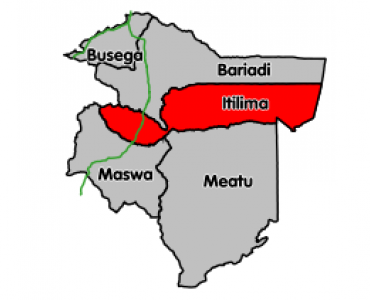Tanzania’s Vision 2025 continues to be the guiding beacon of all our future developmental efforts summarized broadly as being:- High quality livelihood including the absence of abject poverty.- Good governance and the rule of law.
Strong and competitive economy. The goals of our Vision 2025 are in line with the United Nations’ Millennium Development Goals with MKUKUTA as the main vehicle of implementation.
Yet at this point in our history, problems especially in rural areas are many and daunting. Social and economic services require sustainable improvement. The high primary school enrollment rates recently attained have to be maintained; the food situation is still precarious; infant and maternal/mortality rates continue to be high. Unemployment is still triggering mass migration of youth from rural areas to already overcrowded urban centers.
Added to these problems in the menace poised by HIV/AIDS, the prevalence of which throughout Tanzania is negating our efforts to advance into this century of science and technology. The pandemic has been exacting a heavy toll on the economically active age group, leaving in its wake an increasing number of orphans, broken families and much suffering. AIDS together with environmental deterioration are the new developmental problems. They cannot be ignored.
Our efforts to meet both the new and the old challenges have been hampered by many factors including ill prepared rural development programmers followed by weak implementation, monitoring and supervision of these programmed and sectoral strategies. The shortcomings in policy formulation, project identification, design and implementation is in turn balanced on the lack of reliable and adequate data and information on the rural development process.
The publication of the Regional Socio-economic Profile series by the Ministry of Planning, Economy and Empowerment, in collaboration with the National Bureau of Statistics and various regional commissioners’ offices is a major attempt at finding a solution to this data and information gap.
Regional profiles cover a wide range of data and information on geography, population, socioeconomic parameters, social services, economic infrastructure and the productive sectors. Such data and information has proved vital to many policy makers, planners, researchers, donors and functional managers.
This Itilima Socio-economic Profile contains the detailed data and information on the region and is one of the Second Edition series nationwide. The second editions take advantage of experience gained in the production of the First Edition publications. They are proving even more valuable and informative to our clients. Constructive view and criticisms are still invited from readers to enable such profiles to become a better tool in the implementation of the country’s policies.
Last but not least, I wish to thank the staff of the council, Stakeholders, the National Bureau of Statistics and the Itilima District Commissioner’s Office, for their commitment in ensuring the successful compilation of this document


DED - ITILIMA
Sanduku la Posta: 308 BARIADI
Simu: +255 28 29 863 29
Simu: 028 29 863 28
Barua Pepe: info@itilimadc.go.tz
Hatimiliki ©2016 Kitengo cha TEHAMA. Haki Zote Zimehifadhiwa